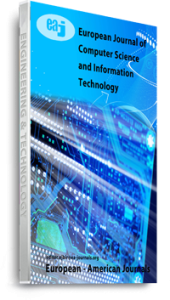The insurance industry faces significant challenges with fragmented data environments that impede operational efficiency and customer experience. Entity resolution, the process of identifying and linking records that refer to the same real-world entities across disparate datasets, has emerged as a critical capability for addressing these challenges. This article explores the evolution of entity resolution approaches in insurance from traditional rule-based techniques to sophisticated AI-driven solutions. The transformation began with deterministic matching approaches, progressed through probabilistic models, and has now entered an era of machine learning and artificial intelligence applications. Modern entity resolution solutions leverage fuzzy matching algorithms, natural language processing, graph-based analysis, supervised and unsupervised learning models, and deep neural networks to achieve unprecedented accuracy in linking policyholder records, claims, and financial transactions. The implementation framework for insurance-specific entity resolution encompasses data preparation, integration architecture, threshold optimization, governance mechanisms, scalability considerations, and privacy safeguards. These advanced capabilities deliver substantial business value across fraud detection, customer relationship management, claims processing, regulatory compliance, and underwriting functions. Looking forward, emerging trends such as federated learning and ethical considerations in algorithmic decision-making will continue to shape the advancement of entity resolution technology in insurance data management.
Keywords: Artificial Intelligence, entity resolution, graph analytics, insurance data management, probabilistic matching

